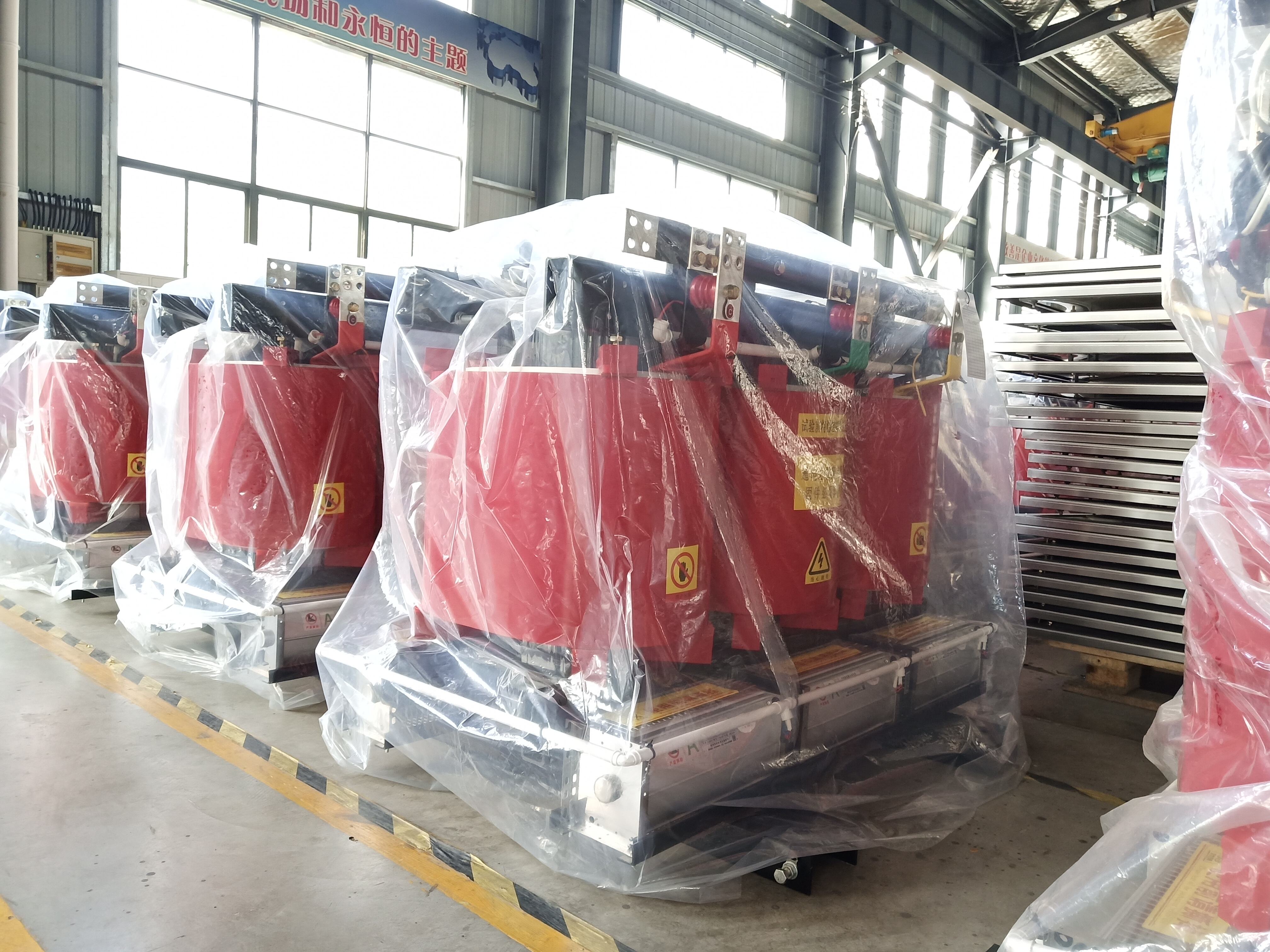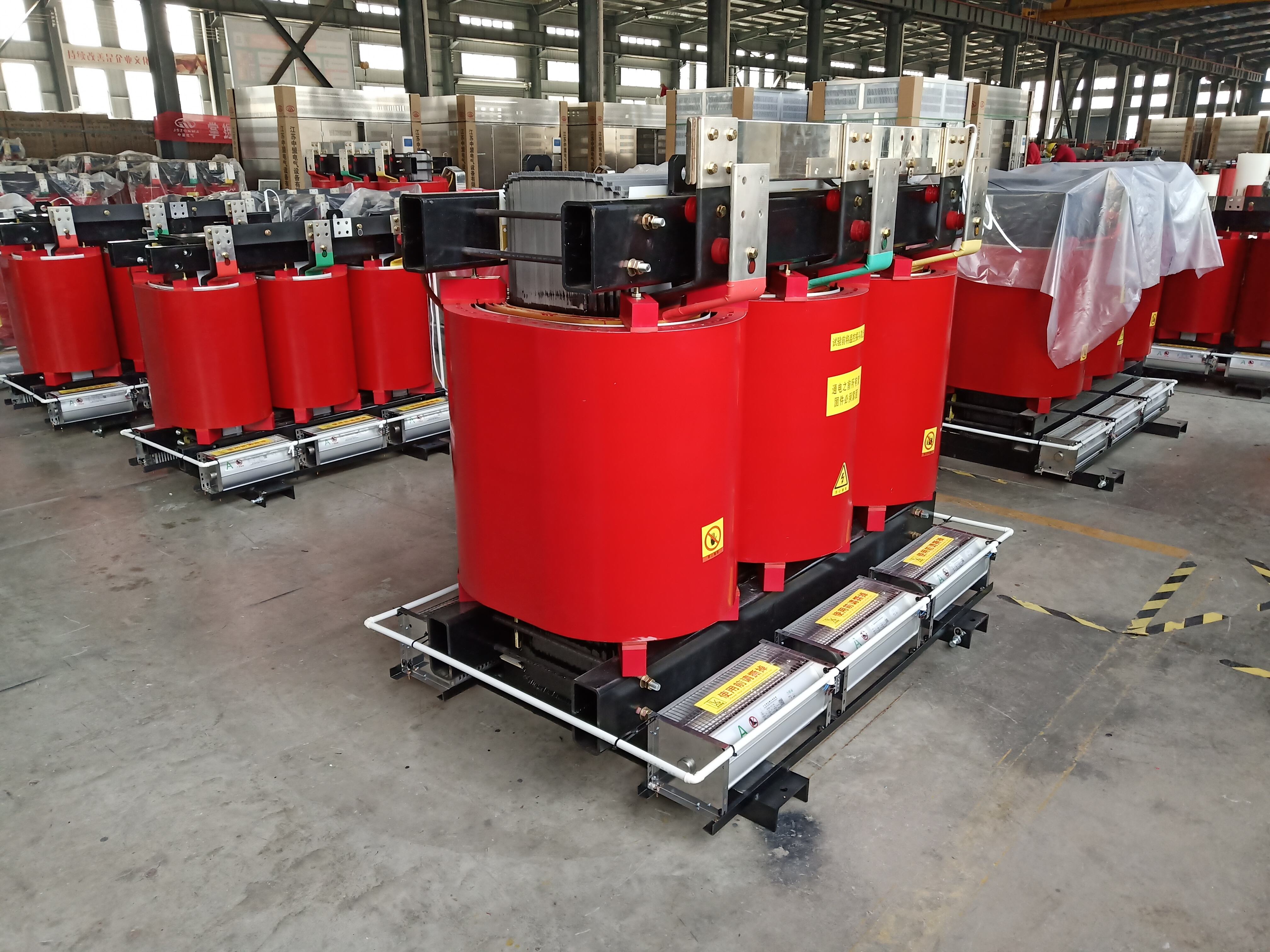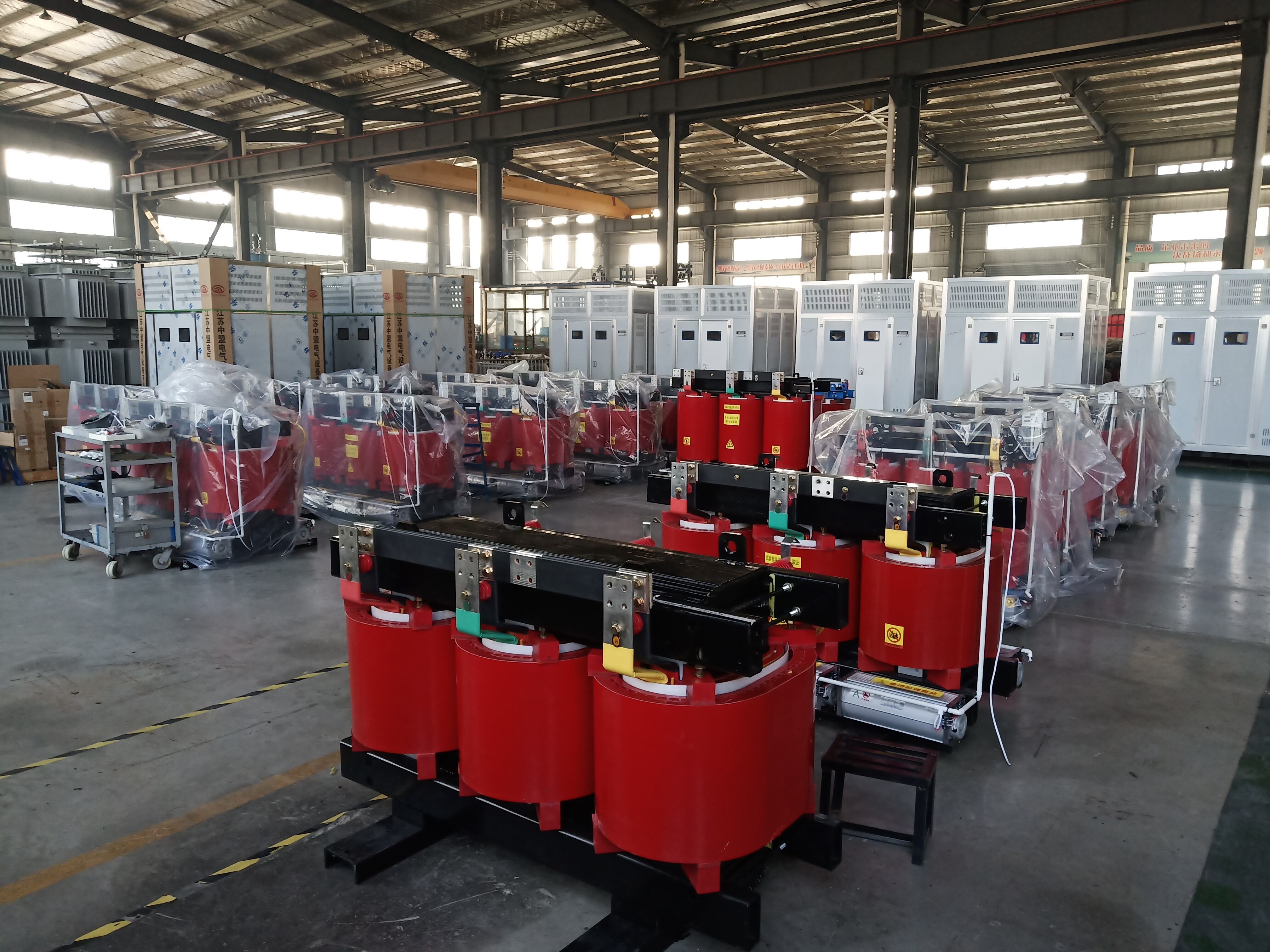potential transformer in substation
A potential transformer (PT) in a substation serves as a crucial component in power systems, designed to step down high voltage levels to measurable values for monitoring and protection purposes. This sophisticated device operates on electromagnetic induction principles, accurately transforming voltage levels while maintaining proportional relationships between primary and secondary sides. The transformer consists of primary and secondary windings wound on a laminated core, with the primary connected to high voltage conductors and the secondary providing low voltage output for metering equipment. Modern potential transformers incorporate advanced features including superior insulation systems, precision voltage regulation, and built-in surge protection mechanisms. These transformers play an essential role in voltage measurement, protection systems, and power quality monitoring within substations. They enable accurate metering for billing purposes, provide input for protective relays, and support various monitoring instruments. The design emphasizes safety through galvanic isolation between high voltage circuits and measuring instruments, protecting both equipment and personnel. With voltage ratios typically ranging from 11kV/110V to 400kV/110V, these transformers maintain exceptional accuracy classes of 0.2 or 0.5 for metering applications.


